Roberto Ponciroli
On the Well-Posedness of Green's Function Reconstruction via the Kirchhoff-Helmholtz Equation for One-Speed Neutron Diffusion
May 14, 2025Abstract:This work presents a methodology for reconstructing the spatial distribution of the neutron flux in a nuclear reactor, leveraging real-time measurements obtained from ex-core detectors. The Kirchhoff-Helmholtz (K-H) equation inherently defines the problem of estimating a scalar field within a domain based on boundary data, making it a natural mathematical framework for this task. The main challenge lies in deriving the Green's function specific to the domain and the neutron diffusion process. While analytical solutions for Green's functions exist for simplified geometries, their derivation of complex, heterogeneous domains-such as a nuclear reactor-requires a numerical approach. The objective of this work is to demonstrate the well-posedness of the data-driven Green's function approximation by formulating and solving the K-H equation as an inverse problem. After establishing the symmetry properties that the Green's function must satisfy, the K-H equation is derived from the one-speed neutron diffusion model. This is followed by a comprehensive description of the procedure for interpreting sensor readings and implementing the neutron flux reconstruction algorithm. Finally, the existence and uniqueness of the Green's function inferred from the sampled data are demonstrated, ensuring the reliability of the proposed method and its predictions.
Design of a Supervisory Control System for Autonomous Operation of Advanced Reactors
Sep 09, 2022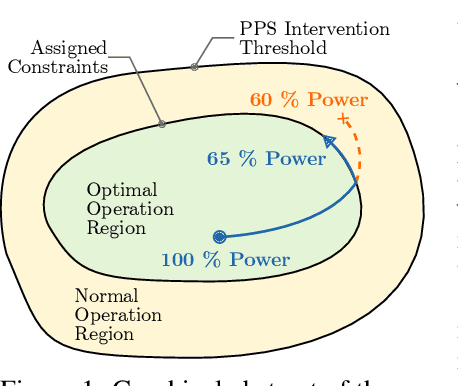
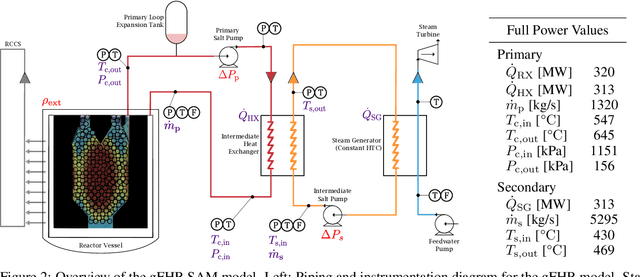
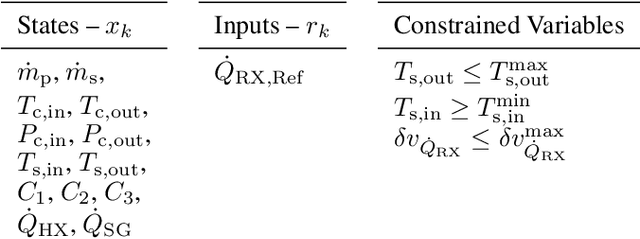
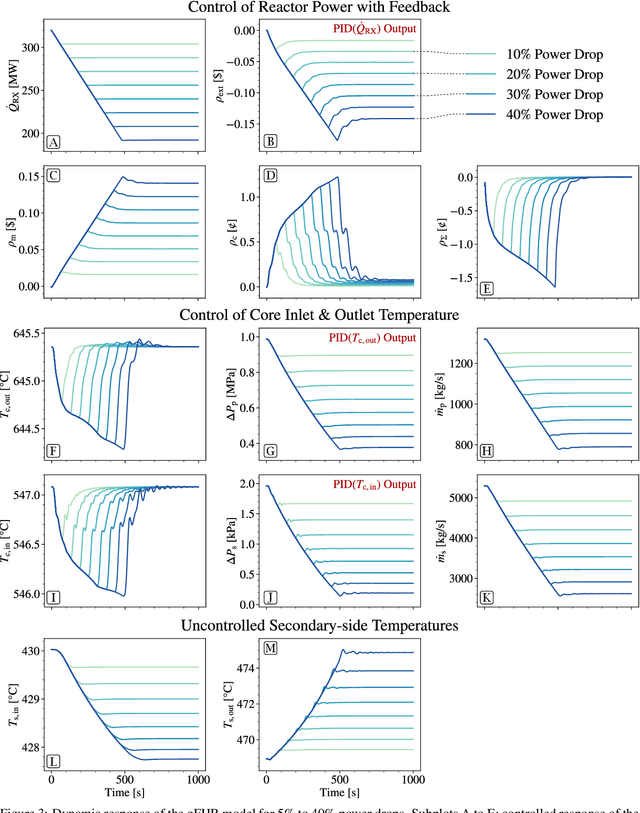
Abstract:Advanced reactors deployed in the coming decades will face deregulated energy markets, and may adopt flexible operation to boost profitability. To aid in the transition from baseload to flexible operation paradigm, autonomous operation is sought. This work focuses on the control aspect of autonomous operation. Specifically, a hierarchical control system is designed to support constraint enforcement during routine operational transients. Within the system, data-driven modeling, physics-based state observation, and classical control algorithms are integrated to provide an adaptable and robust solution. A 320 MW Fluoride-cooled High-temperature Pebble-bed Reactor is the design basis for demonstrating the control system. The hierarchical control system consists of a supervisory layer and low-level layer. The supervisory layer receives requests to change the system's operating conditions, and accepts or rejects them based on constraints that have been assigned. Constraints are issued to keep the plant within an optimal operating region. The low-level layer interfaces with the actuators of the system to fulfill requested changes, while maintaining tracking and regulation duties. To accept requests at the supervisory layer, the Reference Governor algorithm was adopted. To model the dynamics of the reactor, a system identification algorithm, Dynamic Mode Decomposition, was utilized. To estimate the evolution of process variables that cannot be directly measured, the Unscented Kalman Filter was adopted, incorporating a nonlinear model of nuclear dynamics. The composition of these algorithms led to a numerical demonstration of constraint enforcement during a 40 % power drop transient. Adaptability of the proposed system was demonstrated by modifying the constraint values, and enforcing them during the transient. Robustness was also demonstrated by enforcing constraints under noisy environments.
Numerical Demonstration of Multiple Actuator Constraint Enforcement Algorithm for a Molten Salt Loop
Feb 04, 2022



Abstract:To advance the paradigm of autonomous operation for nuclear power plants, a data-driven machine learning approach to control is sought. Autonomous operation for next-generation reactor designs is anticipated to bolster safety and improve economics. However, any algorithms that are utilized need to be interpretable, adaptable, and robust. In this work, we focus on the specific problem of optimal control during autonomous operation. We will demonstrate an interpretable and adaptable data-driven machine learning approach to autonomous control of a molten salt loop. To address interpretability, we utilize a data-driven algorithm to identify system dynamics in state-space representation. To address adaptability, a control algorithm will be utilized to modify actuator setpoints while enforcing constant, and time-dependent constraints. Robustness is not addressed in this work, and is part of future work. To demonstrate the approach, we designed a numerical experiment requiring intervention to enforce constraints during a load-follow type transient.
A Convolutional Neural Network-based Approach to Field Reconstruction
Aug 27, 2021

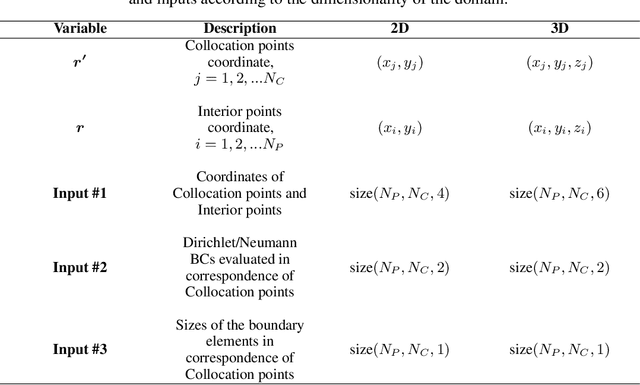

Abstract:This work has been submitted to the IEEE for possible publication. Copyright may be transferred without notice, after which this version may no longer be accessible. In many applications, the spatial distribution of a field needs to be carefully monitored to detect spikes, discontinuities or dangerous heterogeneities, but invasive monitoring approaches cannot be used. Besides, technical specifications about the process might not be available by preventing the adoption of an accurate model of the system. In this work, a physics-informed, data-driven algorithm that allows addressing these requirements is presented. The approach is based on the implementation of a boundary element method (BEM)-scheme within a convolutional neural network. Thanks to the capability of representing any continuous mathematical function with a reduced number of parameters, the network allows predicting the field value in any point of the domain, given the boundary conditions and few measurements within the domain. The proposed approach was applied to reconstruct a field described by the Helmholtz equation over a three-dimensional domain. A sensitivity analysis was also performed by investigating different physical conditions and different network configurations. Since the only assumption is the applicability of BEM, the current approach can be applied to the monitoring of a wide range of processes, from the localization of the source of pollutant within a water reservoir to the monitoring of the neutron flux in a nuclear reactor.
 Add to Chrome
Add to Chrome Add to Firefox
Add to Firefox Add to Edge
Add to Edge